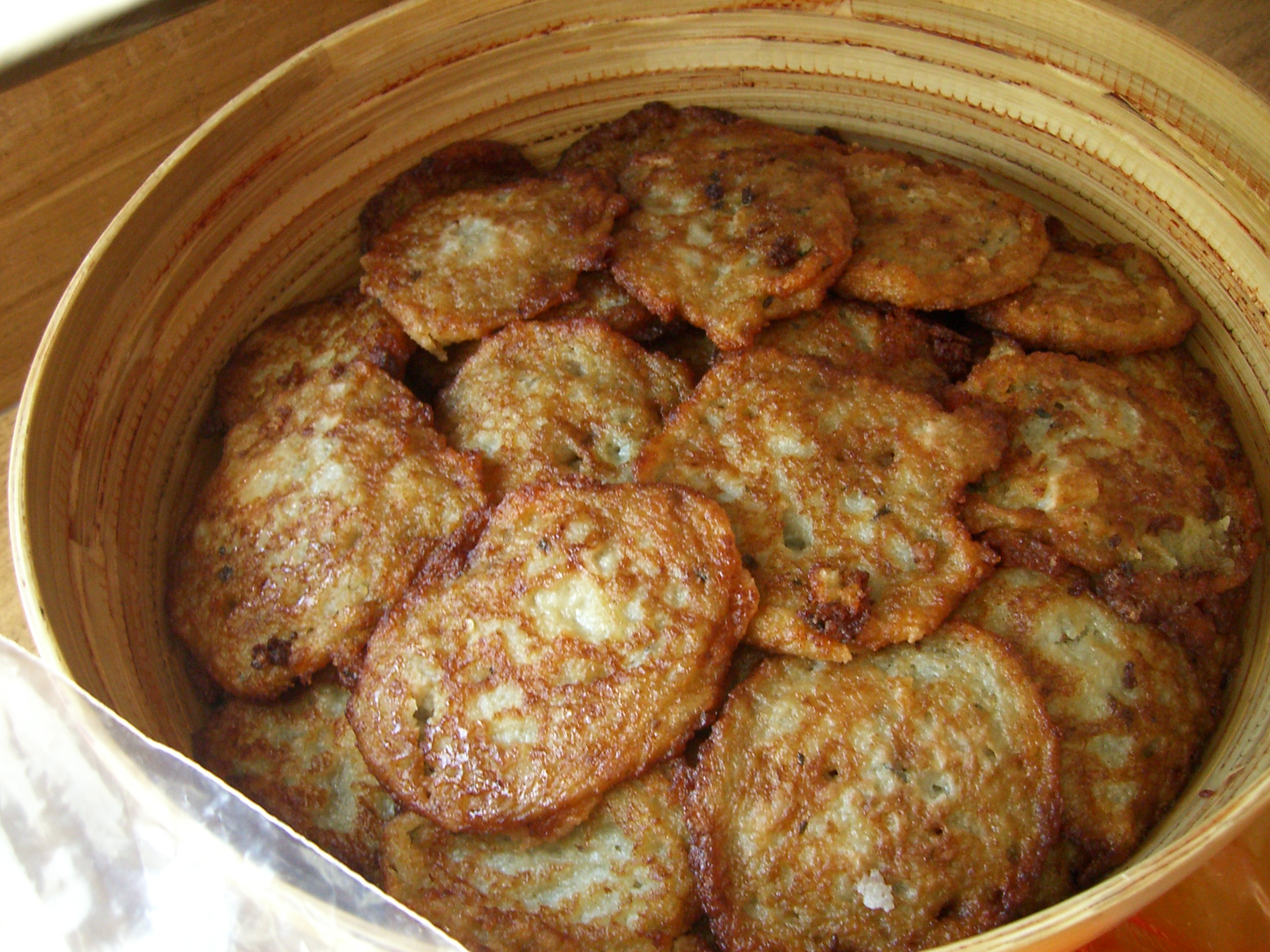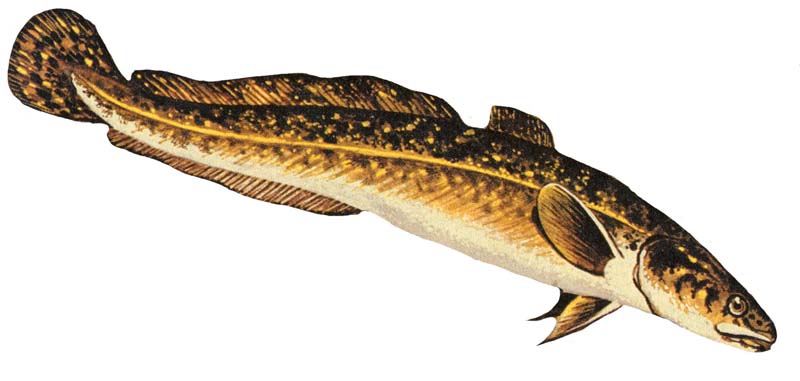|
Ukha
Ukha ( rus, уха) is a clear Russian soup, made from various types of fish Fish are aquatic, craniate, gill-bearing animals that lack limbs with digits. Included in this definition are the living hagfish, lampreys, and cartilaginous and bony fish as well as various extinct related groups. Approximately 95% of li ... such as bream, wels catfish, northern pike, or even ruffe. It usually contains root vegetables, parsley root, leek, potato, bay leaf, dill, tarragon, and green parsley, and is spiced with black pepper, saffron, nutmeg, and fennel seed. Fish such as perch, tench, Wels catfish, sheatfish, and burbot are sometimes used to add flavour to the soup. The roots of the soup originated in the culture of the Russian Cossack steppe riders and the soup is mostly associated in Russia with the Don River (Russia), Don region. While ukha is a fish dish that is made with broth, calling it a fish soup may not be absolutely correct. "Ukha" started to be used as a term for fi ... [...More Info...] [...Related Items...] OR: [Wikipedia] [Google] [Baidu] |
Russian Cuisine
Russian cuisine is a collection of the different dishes and cooking traditions of the Russian people as well as a list of culinary products popular in Russia, with most names being known since pre-Soviet times, coming from all kinds of social circles. History The history of Russian cuisine was divided in four groups: Old Russian cuisine (ninth to sixteenth century), Old Moscow cuisine (seventeenth century), the cuisine that existed during the ruling of Peter and Catherine the Great (eighteenth century), and finally Petersburg cuisine, which took place from the end of the eighteenth century to the 1860s. In the Old Russian period, the main food groups were bread, lots of grains, and lots of foods that contained starch. Women baked pies with lots of different fillings, such as mushrooms or berries. During gatherings, a loaf of bread and salt was always present. Kasha, such as buckwheat, oats, etc.were represented as wellbeing to the household. Lots of Russians used honey and ... [...More Info...] [...Related Items...] OR: [Wikipedia] [Google] [Baidu] |
Soup
Soup is a primarily liquid food, generally served warm or hot (but may be cool or cold), that is made by combining ingredients of meat or vegetables with stock, milk, or water. Hot soups are additionally characterized by boiling solid ingredients in liquids in a pot until the flavors are extracted, forming a broth. Soups are similar to stews, and in some cases there may not be a clear distinction between the two; however, soups generally have more liquid (broth) than stews. In traditional French cuisine, soups are classified into two main groups: ''clear soups'' and ''thick soups''. The established French classifications of clear soups are ''bouillon'' and ''consommé''. Thick soups are classified depending upon the type of thickening agent used: ''purées'' are vegetable soups thickened with starch; '' bisques'' are made from puréed shellfish or vegetables thickened with cream; cream soups may be thickened with béchamel sauce; and '' veloutés'' are thickened with egg ... [...More Info...] [...Related Items...] OR: [Wikipedia] [Google] [Baidu] |
Parsley
Parsley, or garden parsley (''Petroselinum crispum'') is a species of flowering plant in the family Apiaceae that is native to the central and eastern Mediterranean region (Sardinia, Lebanon, Israel, Cyprus, Turkey, southern Italy, Greece, Portugal, Spain, Malta, Morocco, Algeria, and Tunisia), but has been naturalized elsewhere in Europe, and is widely cultivated as a herb, and a vegetable. Parsley is widely used in European, Middle Eastern, and American cuisine. Curly leaf parsley is often used as a garnish. In central Europe, eastern Europe, and southern Europe, as well as in western Asia, many dishes are served with fresh green chopped parsley sprinkled on top. Flat leaf parsley is similar, but it is easier to cultivate, some say it has a stronger flavor. Root parsley is very common in central, eastern, and southern European cuisines, where it is used as a snack or a vegetable in many soups, stews, and casseroles. It is believed to have been originally grown in Sardinia ... [...More Info...] [...Related Items...] OR: [Wikipedia] [Google] [Baidu] |
Pirozhki
Pirozhki ( rus, пирожки́, r=pirožkí, p=pʲɪrɐʂˈkʲi, plural form of ; uk, пиріжки, ''pyrizhky'') are Russian and Ukrainian baked or fried yeast-leavened boat-shaped buns with a variety of fillings. Pirozhki are a popular street food and comfort food in Eastern Europe. Terminology The stress in is on the last syllable: . ( rus, пирожо́к, r=pirožók, p=pʲɪrɐˈʐok, a=Ru-пирожок.ogg, singular) is the diminutive form of Russian ''pirog'', which means a full-sized pie. Pirozhki are not to be confused with the Polish pierogi (a cognate term), which are called in Ukrainian and Russian. Variations A typical pirozhok is boat- or rarely crescent-shaped, made of yeast-leavened dough, with filling completely enclosed. Similar Russian pastries (pirogs) of other shapes include coulibiac, kalitka, rasstegai, and vatrushka. Pirozhki are either fried or baked. They come in sweet or savory varieties. Common savory fillings include ground meat, mashed po ... [...More Info...] [...Related Items...] OR: [Wikipedia] [Google] [Baidu] |
Belarusian Cuisine
Belarusian cuisine shares many similarities with cuisines of other Eastern, Central and Northeastern European countries, based predominantly on meat and various vegetables typical for the region. History Belarus cuisine has predominantly Slavic roots. Along with a Ruthenian influence, it is also linked with Lithuanian and Polish because of the long intermingling of these three peoples; first within the Grand Duchy of Lithuania (11th-15th centuries) and later within the Polish–Lithuanian Commonwealth (16th-17th centuries). Though the Belarusian nobility, like the Polish elite, borrowed much from Italian, German, and French cuisines, this influence hardly made itself felt in the diet of the peasant majority. Still, some of the borrowed dishes spread throughout the society, such as lazanki (a mixture of flour dumplings and stewed meat, related to Italian lasagna) and, above all, various dishes made of grated potatoes, typical for German cuisine. The political upheavals of ... [...More Info...] [...Related Items...] OR: [Wikipedia] [Google] [Baidu] |
Broth
Broth, also known as bouillon (), is a savory liquid made of water in which meat, fish or vegetables have been simmered for a short period of time. It can be eaten alone, but it is most commonly used to prepare other dishes, such as soups, gravies, and sauces. Commercially prepared liquid broths are available, typically chicken, beef, fish, and vegetable varieties. Dehydrated broth in the form of bouillon cubes were commercialized beginning in the early 20th century. Broths have been used as a nutrition source for the sick in Great Britain since at least the early 1700s, such as for dysentery patients. Stock versus broth Many cooks and food writers use the terms ''broth'' and ''stock'' interchangeably. In 1974, James Beard wrote that stock, broth, and bouillon "are all the same thing". While many draw a distinction between stock and broth, the details of the distinction often differ. One possibility is that stocks are made primarily from animal bones, as opposed to mea ... [...More Info...] [...Related Items...] OR: [Wikipedia] [Google] [Baidu] |
Don River (Russia)
The Don ( rus, Дон, p=don) is the fifth-longest river in Europe. Flowing from Central Russia to the Sea of Azov in Southern Russia, it is one of Russia's largest rivers and played an important role for traders from the Byzantine Empire. Its basin is between the Dnieper basin to the west, the lower Volga basin immediately to the east, and the Oka basin (tributary of the Volga) to the north. Native to much of the basin were Slavic nomads. The Don rises in the town of Novomoskovsk southeast of Tula (in turn south of Moscow), and flows 1,870 kilometres to the Sea of Azov. The river's upper half ribbles (meanders subtly) south; however, its lower half consists of a great eastern curve, including Voronezh, making its final stretch, an estuary, run west south-west. The main city on the river is Rostov-on-Don. Its main tributary is the Seversky Donets, centred on the mid-eastern end of Ukraine, thus the other country in the overall basin. To the east of a series of thr ... [...More Info...] [...Related Items...] OR: [Wikipedia] [Google] [Baidu] |
Cossack
The Cossacks , es, cosaco , et, Kasakad, cazacii , fi, Kasakat, cazacii , french: cosaques , hu, kozákok, cazacii , it, cosacchi , orv, коза́ки, pl, Kozacy , pt, cossacos , ro, cazaci , russian: казаки́ or , sk, kozáci , uk, козаки́ are a predominantly East Slavic Orthodox Christian people originating in the Pontic–Caspian steppe of Ukraine and southern Russia. Historically, they were a semi-nomadic and semi-militarized people, who, while under the nominal suzerainty of various Eastern European states at the time, were allowed a great degree of self-governance in exchange for military service. Although numerous linguistic and religious groups came together to form the Cossacks, most of them coalesced and became East Slavic-speaking Orthodox Christians. The Cossacks were particularly noted for holding democratic traditions. The rulers of the Polish-Lithuanian Commonwealth and Russian Empire endowed Cossacks with certain spe ... [...More Info...] [...Related Items...] OR: [Wikipedia] [Google] [Baidu] |
Burbot
The burbot (''Lota lota'') is the only gadiform (cod-like) freshwater fish Freshwater fish are those that spend some or all of their lives in fresh water, such as rivers and lakes, with a salinity of less than 1.05%. These environments differ from marine conditions in many ways, especially the difference in levels of .... It is also known as bubbot, mariah, loche, cusk, freshwater cod, freshwater ling, freshwater cusk, the lawyer, coney-fish, lingcod, and eelpout. The species is closely related to the marine common ling and the cusk (fish), cusk. It is the monotypic, only member of the genus ''Lota''. For some time of the year, the burbot lives under ice, and it requires frigid temperatures to breed. Etymology The name burbot comes from the Latin word ''barba'', meaning beard, referring to its single chin whisker, or barbel (anatomy), barbel. Its generic and specific names, ''Lota lota'', comes from the old French ''lotte'' fish, which is also named "barbot" in Old French. ... [...More Info...] [...Related Items...] OR: [Wikipedia] [Google] [Baidu] |
Wels Catfish
The wels catfish ( or ; ''Silurus glanis''), also called sheatfish or just wels, is a large species of catfish native to wide areas of central, southern, and eastern Europe, in the basins of the Baltic, Black and Caspian Seas. It has been introduced to Western Europe as a prized sport fish and is now found from the United Kingdom east to Kazakhstan and China and south to Greece and Turkey. It is a freshwater fish recognizable by its broad, flat head and wide mouth. Wels catfish can live for at least fifty years. Etymology The English common name comes from Wels, the common name of the species in German language. ''Wels'' is a variation of Old High German ''wal'', from Proto-Germanic ''*hwalaz'' – the same source as for ''whale'' – from Proto-Indo-European ''*(s)kʷálos'' ('sheatfish'). Description The wels catfish's mouth contains lines of numerous small teeth, two long barbels on the upper jaw and four shorter barbels on the lower jaw. It has a long anal fin that extends t ... [...More Info...] [...Related Items...] OR: [Wikipedia] [Google] [Baidu] |
Tench
The tench or doctor fish (''Tinca tinca'') is a fresh- and brackish-water fish of the order Cypriniformes found throughout Eurasia from Western Europe including the British Isles east into Asia as far as the Ob and Yenisei Rivers. It is also found in Lake Baikal. It normally inhabits slow-moving freshwater habitats, particularly lakes and lowland rivers.B. Whitton (1982). ''Rivers, Lakes and Marshes'' p 163. Hodder & Staughton, London. Taxonomy The tench was formerly classified in the subfamily Leuciscinae with other Eurasian minnows, but more recent phylogenetic studies have supported it belonging to its own family Tincidae. Ecology The tench is most often found in still waters with a clay or muddy substrate and abundant vegetation.A. F. Magri MacMahon (1946). ''Fishlore'', pp 156-158. Pelican Books. This species is rare in clear waters across stony substrate, and is absent altogether from fast-flowing streams. It tolerates water with a low oxygen concentration, being fo ... [...More Info...] [...Related Items...] OR: [Wikipedia] [Google] [Baidu] |

_-_Soup_(1865).jpg)






_(13532570755).jpg)
